Some of the links in this post may be affiliate links.
Do you have a mealybug infestation and want to ensure that they never come back? In this post, I will show you how to treat your indoor plants effectively for mealy bugs. It takes an understanding of bug’s life cycle, as well as the proper treatment and timing of treatment.
Keep reading to learn exactly how to treat mealy bugs on plants.
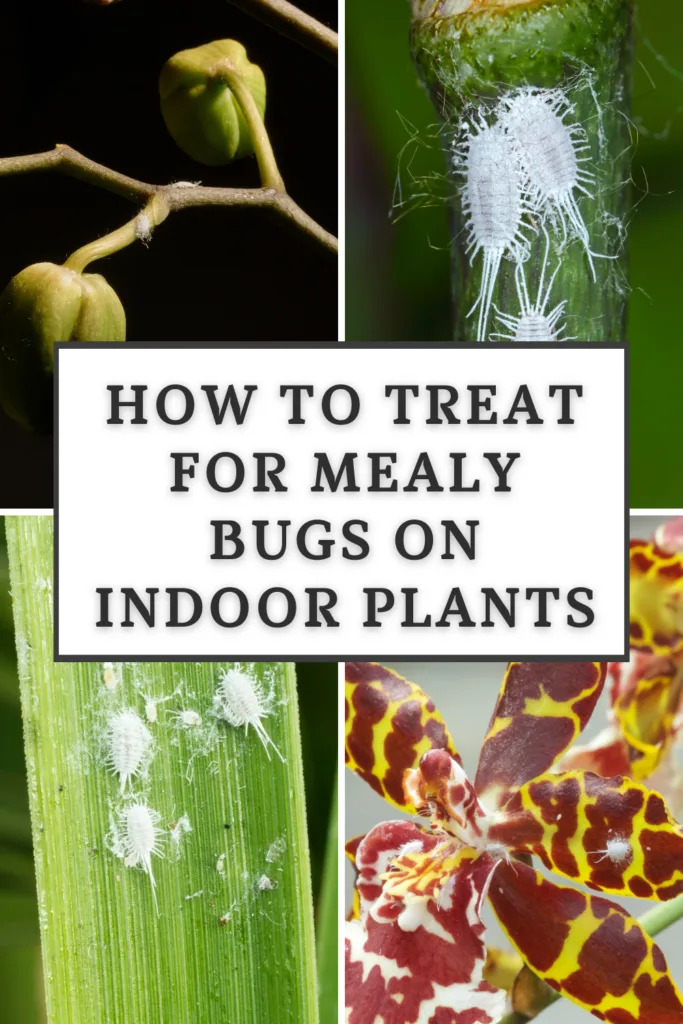
Table of Contents
WHAT ARE MEALY BUGS
Mealybugs are soft-bodied insects that appear on your plants and often look like cottony masses when they multiply enough. They are about 1/8″ in size and they damage plants by sucking juices out of your plants’ foliage.
Like some other pests, mealybugs will excrete a sticky honeydew that then develops sooty mold on top. The mold doesn’t harm the plant, but if it spreads a lot, it will impair photosynthesis.
It is important to catch your infestation early on. Female mealybugs can lay anywhere from 300 to 600 eggs! After they lay eggs, the females die.
The longtailed mealybug species doesn’t lay eggs, but rather, give birth to living young. Depending on the species and your growing conditions, the whole life cycle can take anywhere from six weeks to 2 months.
HOW TO TREAT MEALY BUGS ON PLANTS
Before you start any treatment, move any infected plant away from your healthy plants. Quarantining your infested plants will help stop the infestation from spreading to the rest of the plants in your collection. If you can, move your infested plants to another room where you don’t have any other plants.
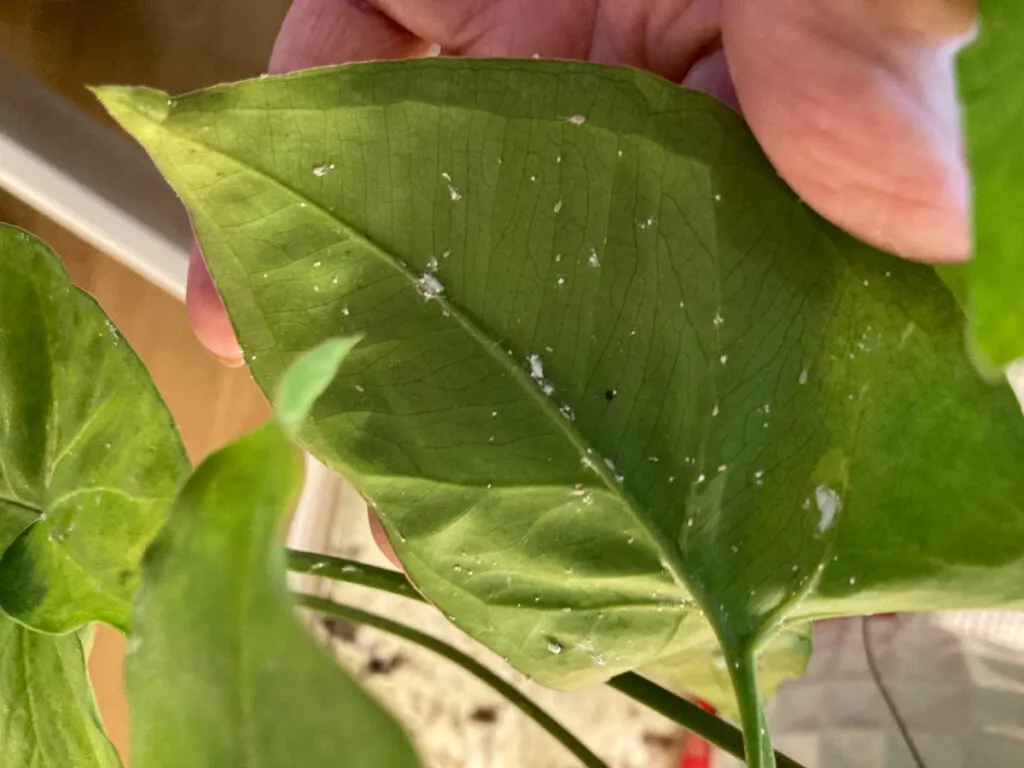
1. SPRAY DOWN YOUR PLANT
Heavy infestations of mealybugs can be devastating to your plant collection and do significant damage to your plant collection. If the infestation gets bad enough, it will be very difficult to deal with.
The first step would be to use a good insecticidal soap, horticultural oil, or 70% isopropyl alcohol.
I don’t recommend using neem oil. I personally don’t use it because it smells bad and it is simply not as effective as other treatments.
A lot of people will dab a cotton swab or cotton ball into alcohol and touch any visible mealybugs. They will die on contact, but this is not sufficient! There will be mealybugs at various stages of their life cycle, so just getting the ones that you see will not be effective.
Spray the affected plant using either an insecticidal soap, horticultural oil, or 70% isopropyl alcohol. You must spray down the entire plant. It is important to get every part of the plant including the undersides of leaves. Keep your plants out of direct sun while your plant is wet in order to avoid burning.
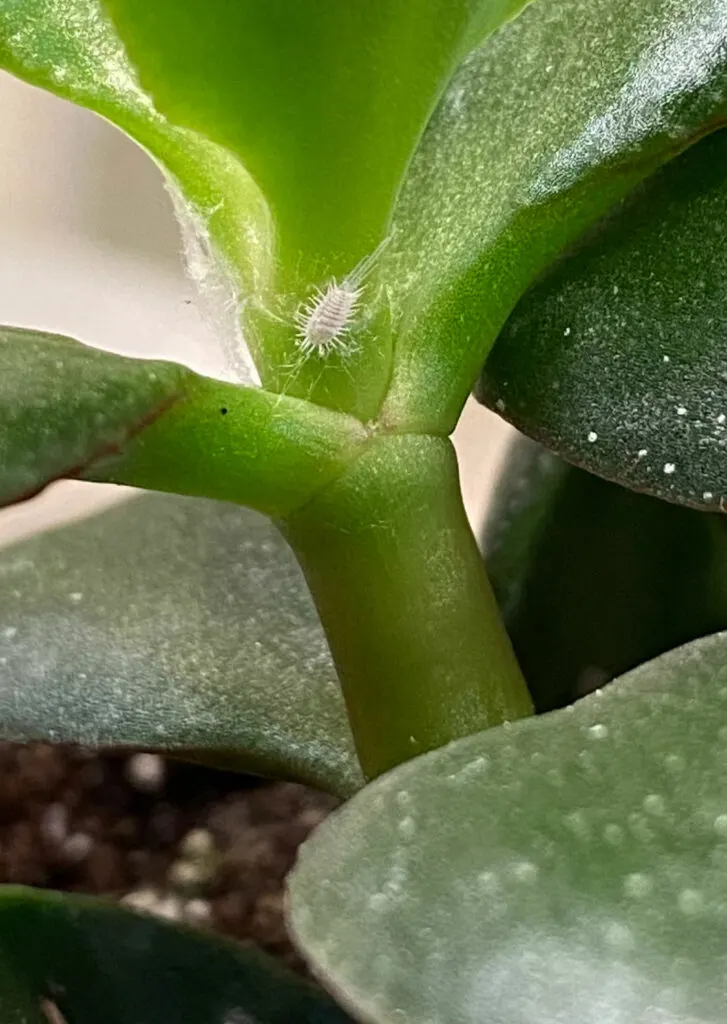
2. APPLY A SYSTEMIC INSECTICIDE
In addition to spraying, it would be a good idea to also apply a systemic insecticide to your plant. Sprinkle the recommended amount of Bonide Houseplant Systemic Insect Control, per the label, right onto the soil surface. Gently incorporate the dry granules into the surface of the soil and water it in.
Your plant will absorb the insecticide and disperse it throughout the entire plant, so it will protect the plant from the inside out for up to 8 weeks. Spraying and using this systemic product is necessary in order to win your mealybug problem.
Some people make a soapy solution with Dawn dish soap, but I don’t recommend that. Many plants have a waxy coating on their leaves, and the ingredients in dish soap can damage that coating, so I prefer buying a spray bottle of insecticidal soap instead.
Note that there are also root mealybugs, which you wouldn’t normally see until you repot since they reside among plant roots, and Bonide Houseplant Systemic Insect Control is effective against those as well.
3. REPEAT SPRAYING ROUTINE
This last part is what most people don’t do, and thus fail at successfully treatment. You must continue to spray regularly for several weeks. Spray your infested plant every single week for 2 months.
Each application will knock down the mealybug populations more and more. This may seem like overkill, but it is not.
Keep in mind that just because you can’t easily see mealybugs with naked eye, doesn’t mean that they’re not there. There are egg sacs, nymphs and adults hiding in various plant parts such as the underside of leaves, leaf axils, and more.
Because of this, you need to spray very carefully and thoroughly every week for about 2 months, especially if you have more than a light infestation.
Every couple weeks, in between spraying your plants, it may be beneficial to rinse your plants with plain water too. Wait until the insecticidal soap has dried though before rinsing.
Once you finish treatment (after a couple months), make sure that you check on your plants on a regular basis for the presence of mealybugs. What I described in this post should take care of your issue if you are thorough enough.
If you enjoyed this post on how to treat mealy bugs on plants, you may also want to check out my posts on dealing with spider mites, scale insects, thrips, and fungus gnats.

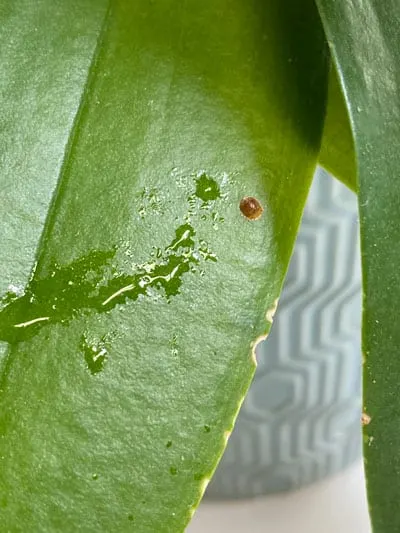
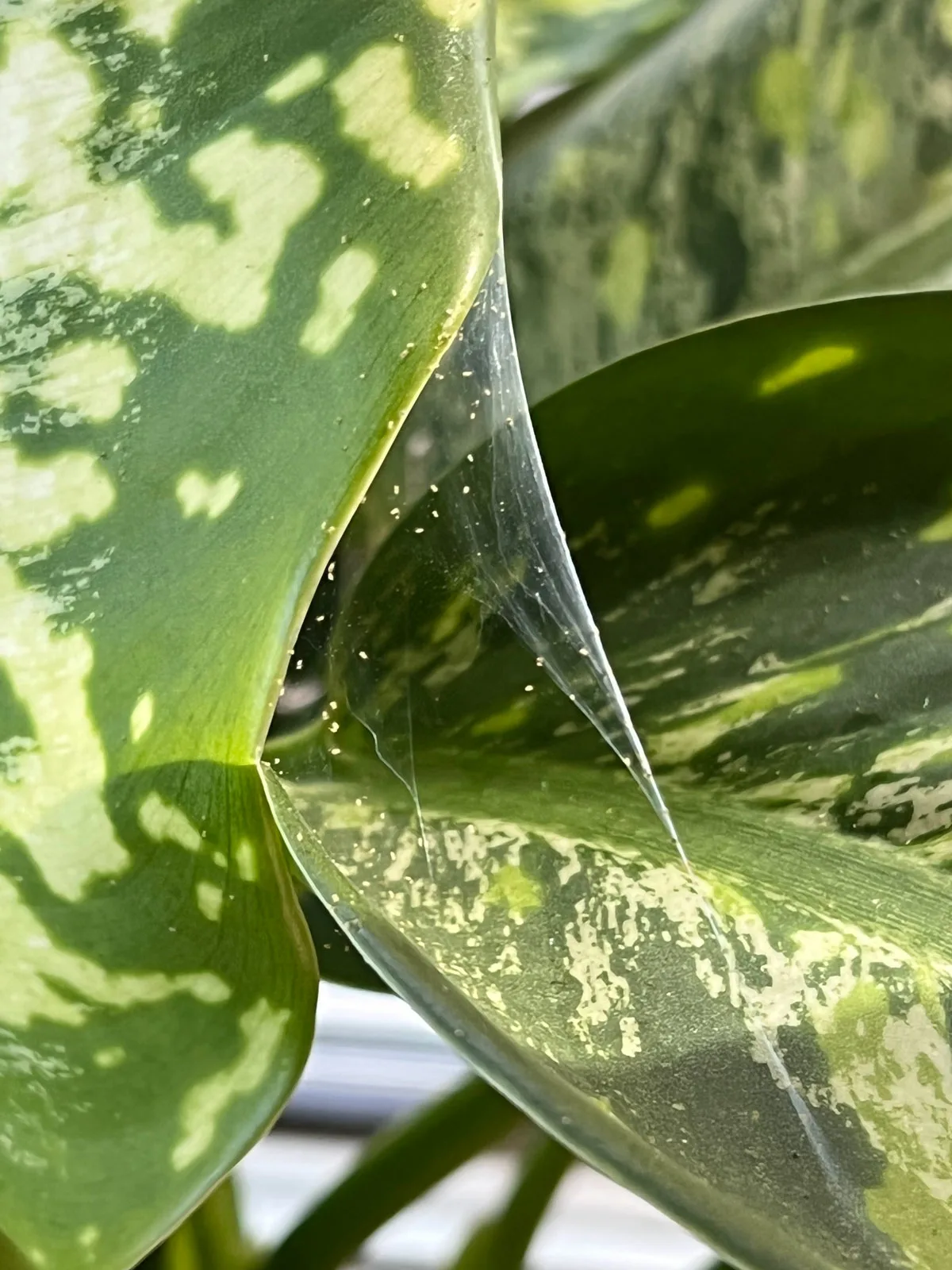
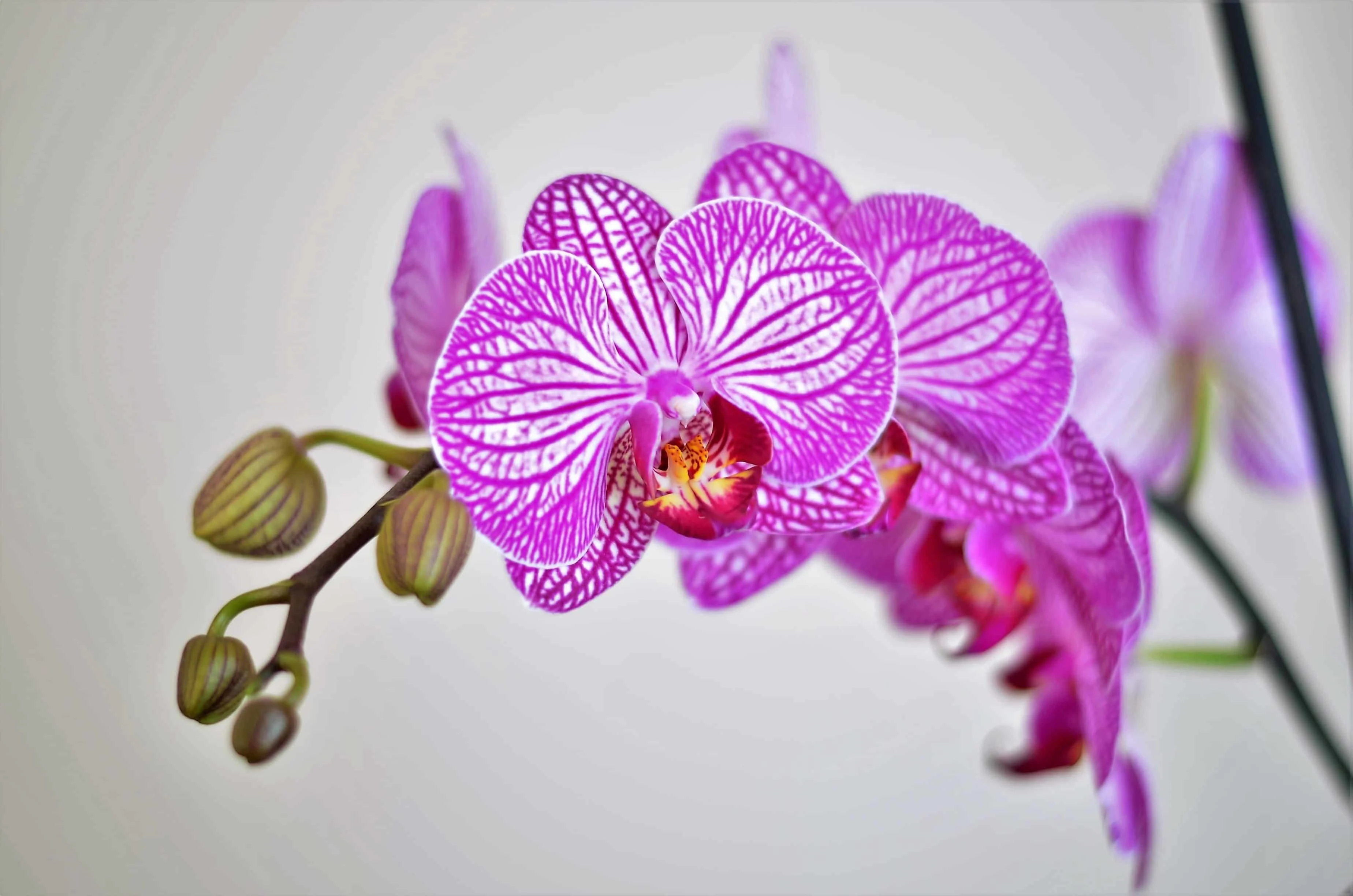
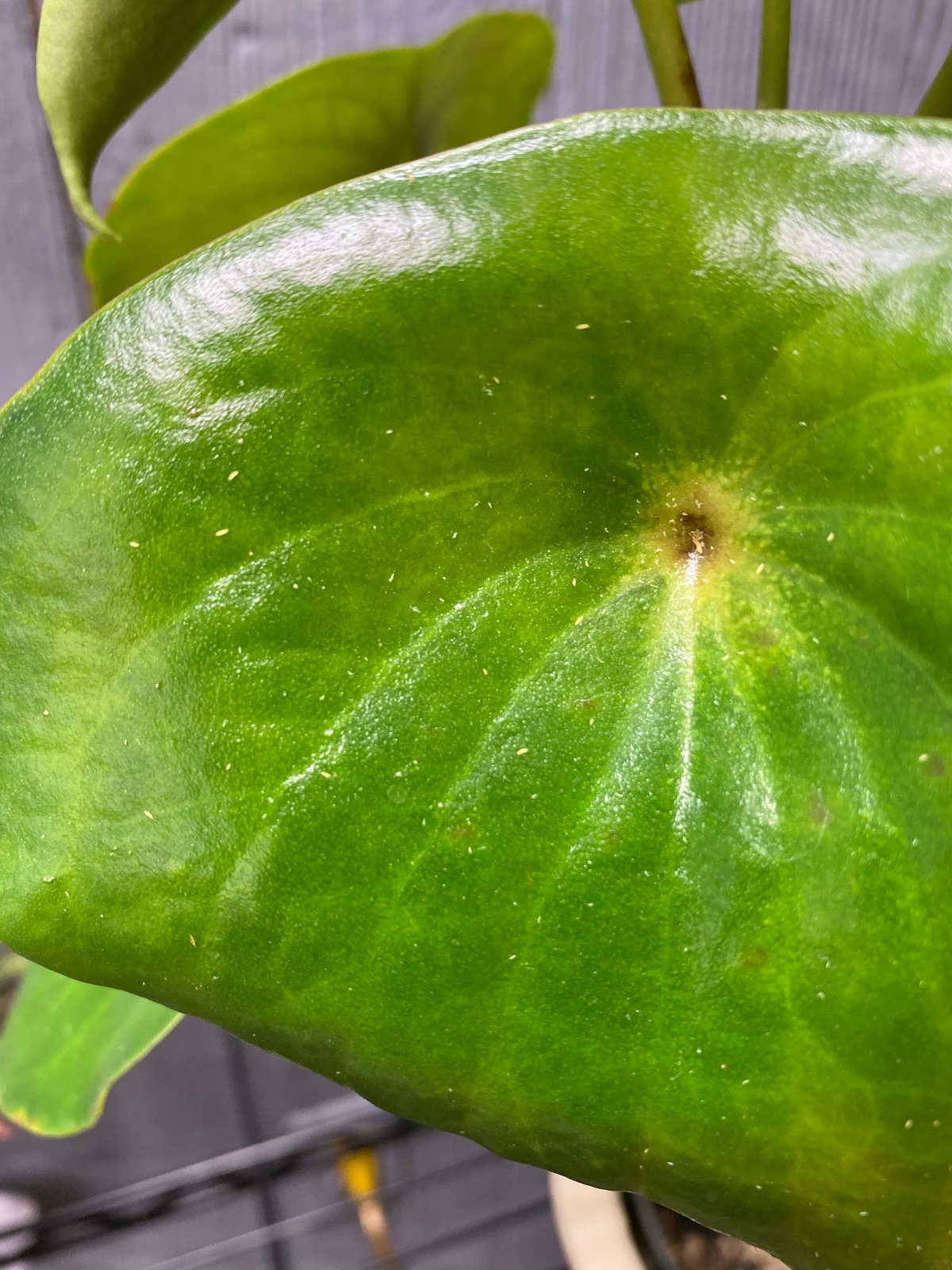
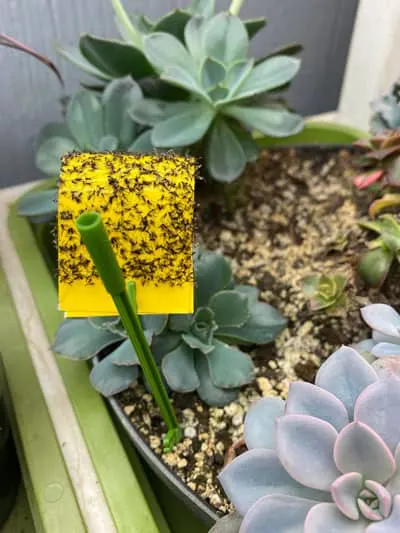
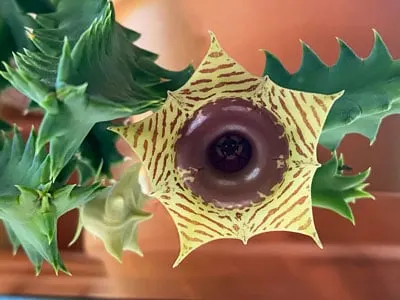
Carol C.
Wednesday 22nd of November 2023
Thank you for such a thorough mealy mug treatment regimen! I have mealy bugs on my hens and chicks. Would this method also work on succulents?
Sheri
Wednesday 27th of December 2023
@Carol C., Hi Carol, although I am not the author I wanted to answer you. I do use the 70% alcohol on my lithops and it kills them right away. I proceed to spray my Neem Oil on the plant and its soil too. Good luck!